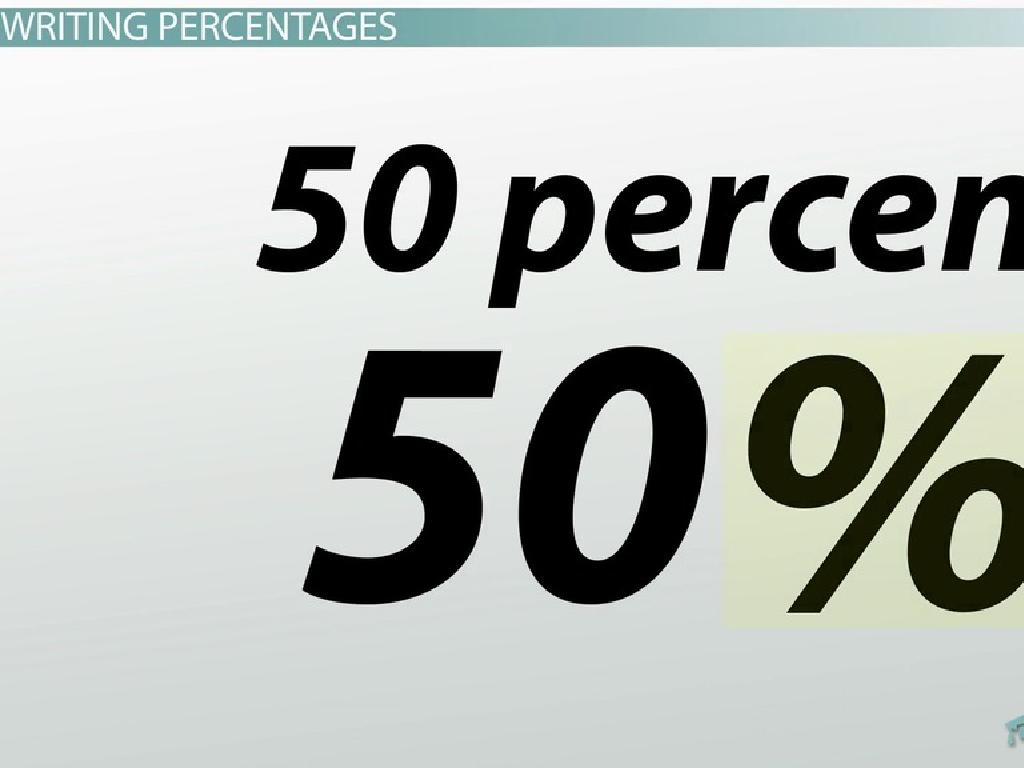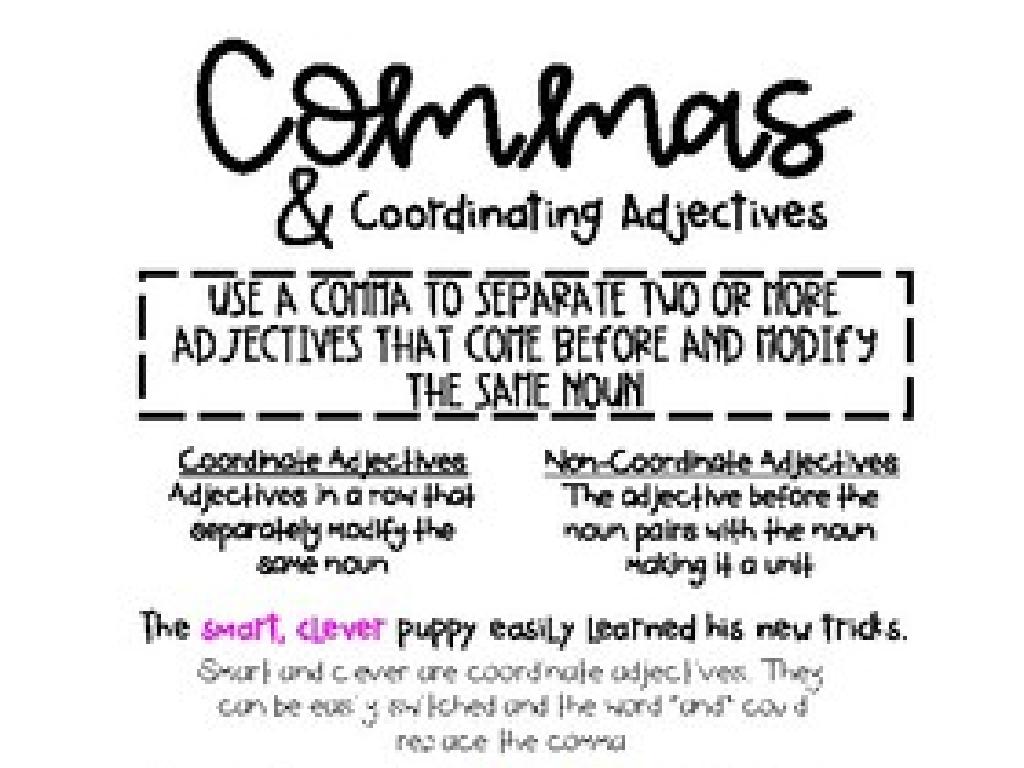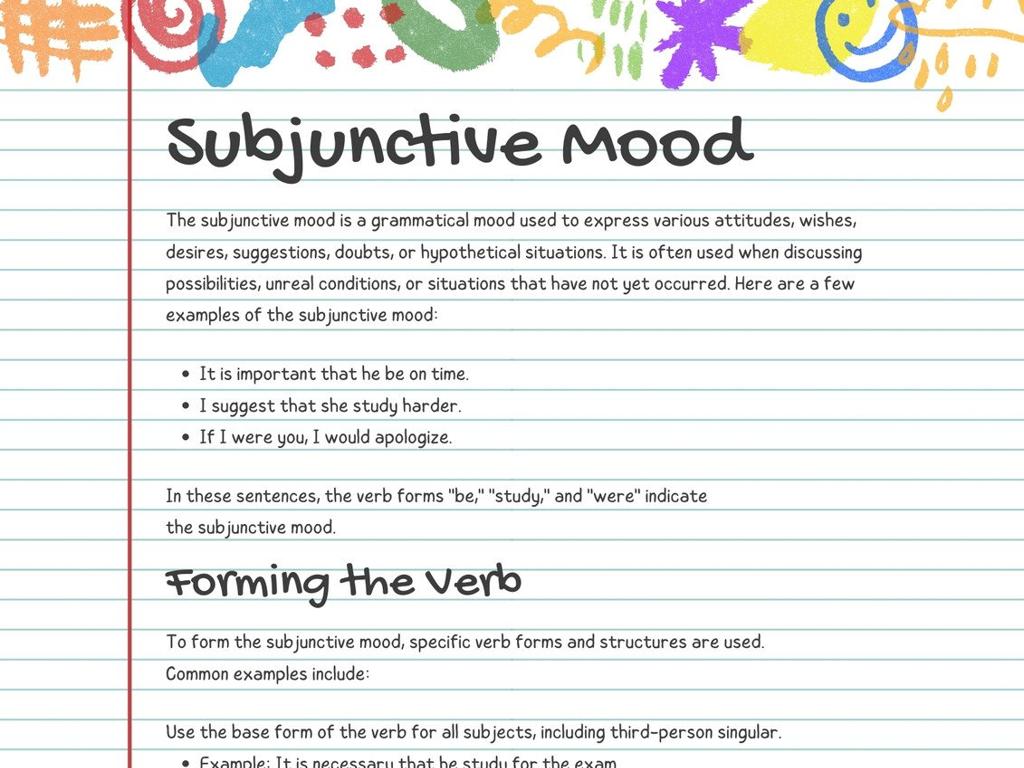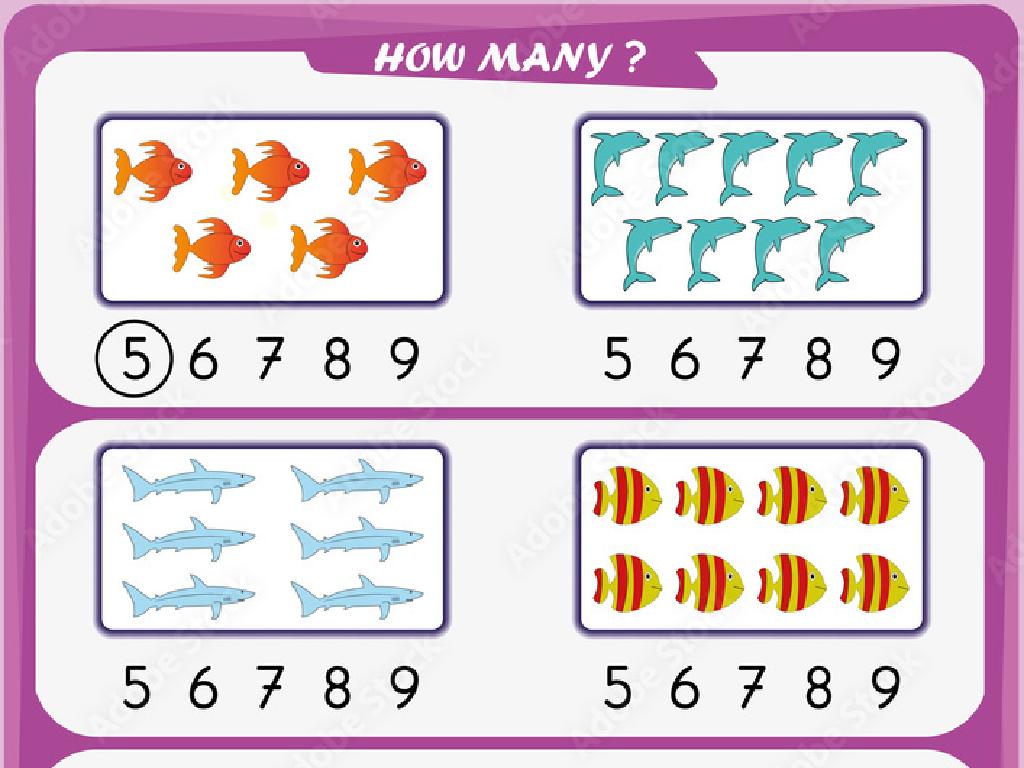Order Fractions With Like Denominators
Subject: Math
Grade: Third grade
Topic: Compare Fractions In Recipes
Please LOG IN to download the presentation. Access is available to registered users only.
View More Content
Introduction to Fractions
– Understanding parts of a whole
– A whole divided into equal parts
– What are fractions?
– Fractions represent equal parts of a whole
– Daily life fraction examples
– Pizza slices, sharing candy
– Practice with real examples
– Let’s use recipes to see fractions in action!
|
Begin the lesson by explaining that a fraction represents a part of a whole that is divided into equal parts. Use relatable examples such as dividing a pizza or sharing candy to illustrate the concept. Explain that the top number (numerator) tells us how many parts we have, and the bottom number (denominator) tells us how many equal parts the whole is divided into. Introduce fractions in the context of daily life, particularly in cooking, to make the concept more tangible. For instance, if a recipe calls for 1/2 cup of sugar and 1/2 cup of flour, we can see that the two halves make a whole. Encourage students to bring in recipes from home that use fractions for the next class to further solidify their understanding.
Fractions in Cooking: Measuring Ingredients
– Fractions in kitchen recipes
– Fractions tell us how much of each ingredient to use, like 1/2 cup sugar.
– Reading fractions in recipes
– Learn to read 1/4 tsp, 1/3 cup, etc., in recipes for accuracy.
– Importance of exact measurements
– Accurate measurements ensure the dish tastes as it should.
– Practice with real recipes
– Use simple recipes to apply fraction measurements in a fun way.
|
This slide introduces students to the practical application of fractions in everyday life through cooking. Begin by explaining how fractions are used to measure ingredients accurately in recipes. Emphasize the importance of reading measurements correctly to ensure the success of a recipe. Discuss why precise measurements are crucial in cooking, as they affect the flavor and texture of the food. Engage the students by practicing with real recipes, which will help them understand fractions in a tangible and enjoyable manner. Encourage them to try measuring ingredients at home with supervision.
Understanding Like Denominators
– What are like denominators?
– Denominators that are the same in two or more fractions
– Easier comparison with like denominators
– Same denominators mean we just look at the numerators
– Examples of like denominators
– 1/4 vs. 3/4 or 2/5 vs. 4/5
|
This slide introduces the concept of like denominators to third-grade students, which is a foundational step in comparing fractions. Begin by explaining that denominators are the numbers below the fraction line that show into how many equal parts something is divided. Emphasize that when fractions have the same denominators, it is much easier to compare them because we only need to look at the numerators (the top numbers). Provide examples using common fractions that they might encounter in everyday life, such as slices of pizza or pieces of fruit. Encourage students to think of their own examples and to visualize the fractions to better understand the concept. This will prepare them for more complex fraction comparison and operations.
Ordering Fractions with Like Denominators
– Understanding fraction ordering
– To order fractions means to arrange them based on size.
– Comparing fractions on a number line
– A number line helps us see which fractions are bigger or smaller.
– Arranging fractions least to greatest
– We line up fractions to see which is smallest and which is largest.
– Practice with real examples
– Use fractions from recipes to make it fun and practical.
|
This slide introduces the concept of ordering fractions with like denominators, which is a foundational skill in understanding fractions. Start by explaining what it means to order fractions and why it’s important. Use a number line as a visual aid to help students compare the size of fractions. Practice arranging fractions from the smallest to the largest, reinforcing the concept that fractions with larger numerators are greater when denominators are the same. Incorporate examples from recipes, such as 1/4 cup of sugar, 1/2 cup of flour, and 3/4 cup of milk, to make the lesson relatable and to show practical applications of the skill. Encourage students to bring in their favorite recipes for the next class to apply what they’ve learned.
Ordering Fractions with Like Denominators
– Rules for ordering fractions
– If denominators are the same, just look at the numerators.
– Compare using numerators
– The larger numerator means a larger fraction.
– Practice with examples
– Use example fractions like 3/8 vs 5/8 to practice ordering.
– Understanding greater and less
– Learn which fractions represent more or less quantity.
|
This slide introduces the concept of comparing fractions with the same denominators. Emphasize to students that when fractions have the same bottom number (denominator), they only need to look at the top number (numerator) to determine which is larger or smaller. The larger the numerator, the larger the fraction. Provide practice examples such as 3/8 and 5/8, asking students which fraction is larger and why. Reinforce the concept that fractions are parts of a whole and that understanding how to compare them is essential in everyday tasks, such as following recipes. Encourage students to think of fractions as pieces of pizza or pie to visualize which is more. The notes should guide the teacher to facilitate student understanding through visual aids and interactive examples.
Class Activity: Fraction Recipe Challenge
– Let’s make a tasty snack together!
– Use fractions for ingredient amounts
– For example, 1/2 cup of nuts, 1/4 cup of raisins
– Team up to mix your own recipe
– Decide roles and measure carefully
– Share your snack with the class
– Explain your recipe and enjoy tasting
|
This activity is designed to help students apply their knowledge of ordering fractions with like denominators in a practical setting. Divide the class into small groups and provide a simple recipe that requires measuring ingredients using fractions. Each group will measure out their ingredients, mix them to create a snack, and then share with the class. Possible snacks could include trail mix, fruit salad, or a simple no-bake cookie. Ensure that each group has a recipe that uses like denominators to facilitate the learning objective. As they work, circulate to guide and ensure they are measuring accurately. After the activity, discuss how fractions were used and why it’s important to understand them when following recipes.
Conclusion: Mastering Fraction Order
– Recap: Ordering like denominators
– We learned how to arrange fractions from smallest to largest.
– Importance of this fraction skill
– Helps in understanding recipes and sharing things equally.
– Get ready for Q&A time
– Practice makes perfect!
– Keep practicing with different fractions!
|
This slide wraps up our lesson on ordering fractions with like denominators. Start by summarizing the steps we’ve learned to arrange fractions. Emphasize the real-world applications of this skill, such as following recipes or dividing items evenly among friends. Encourage students to ask questions during the Q&A to clarify any doubts. Conclude by reminding them that practicing with various examples will help solidify their understanding. As an activity, consider having students bring in simple recipes and work together to adjust the ingredient amounts using their new skills in ordering fractions.






